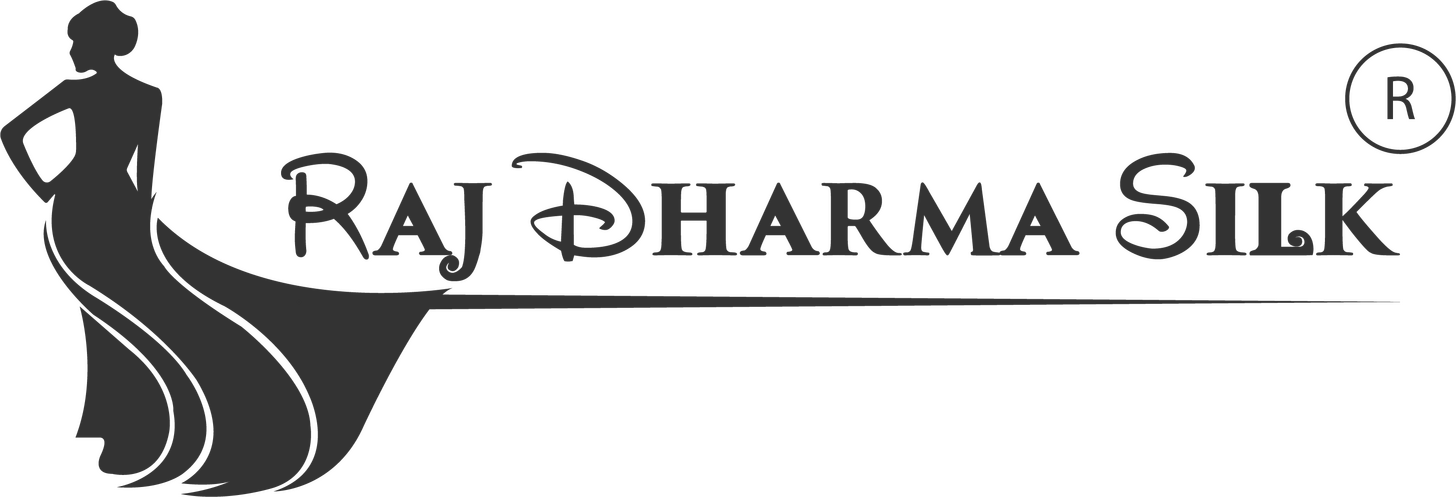A raw silk saree is a type of traditional Indian saree made from natural silk fibers that have not undergone any chemical treatment to remove the sericin, which is a natural gum coating on the silk fibers. As a result, raw silk sarees have a slightly rough texture and a matte finish compared to other silk sarees.
Raw silk is also known as “silk noil” or “silk slub” and is characterized by its uneven texture due to the short fibers present in the silk. It is often considered to be a more casual and comfortable fabric compared to other types of silk, making it popular for everyday wear as well as for festive occasions.
Raw silk sarees are available in a range of colors and designs and are often adorned with intricate embroidery, embellishments, and prints. They are also popular for their durability and resistance to wear and tear, making them a long-lasting investment in a woman’s wardrobe.
What is the difference between silk and raw silk?
Silk and raw silk are both produced from the cocoon of the silkworm, but they have different characteristics and properties.
Silk is a lustrous and smooth fabric that is made from the continuous filament fibers of the silkworm cocoon. The fibers are carefully extracted from the cocoon, spun into threads, and then woven into fabric. Silk has a luxurious feel and appearance and is known for its softness, durability, and shimmering luster.
Raw silk, on the other hand, is made from the short fibers left over after the long silk fibers are removed from the cocoon. These short fibers are carded, or combed, to remove any debris and then spun into yarns. Raw silk has a nubby texture and a matte finish, giving it a more natural, rustic look compared to the smooth and shiny appearance of silk.
The production process for raw silk is less refined than for silk, which makes it less expensive. Raw silk is also known for its breathability and durability, making it a popular choice for clothing in warmer climates.
In summary, silk and raw silk are both made from the cocoon of the silkworm but have different textures, finishes, and production methods, which give them unique properties and qualities.

